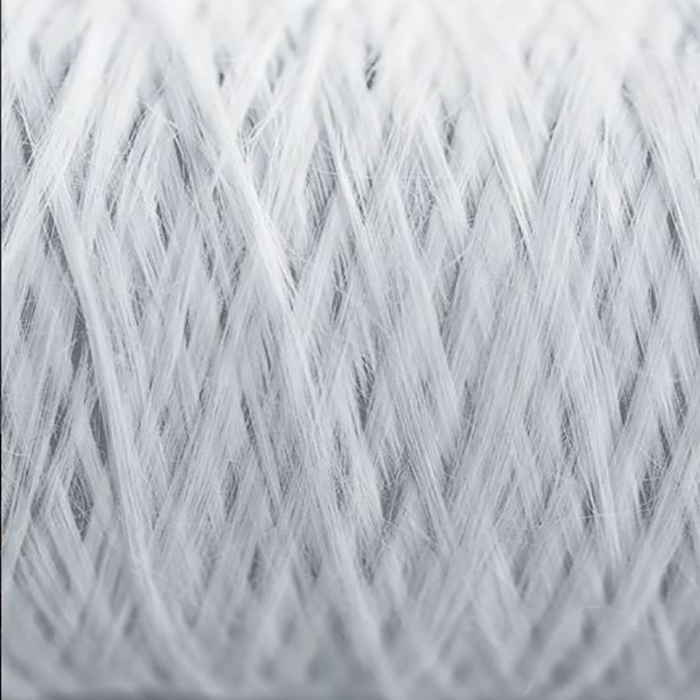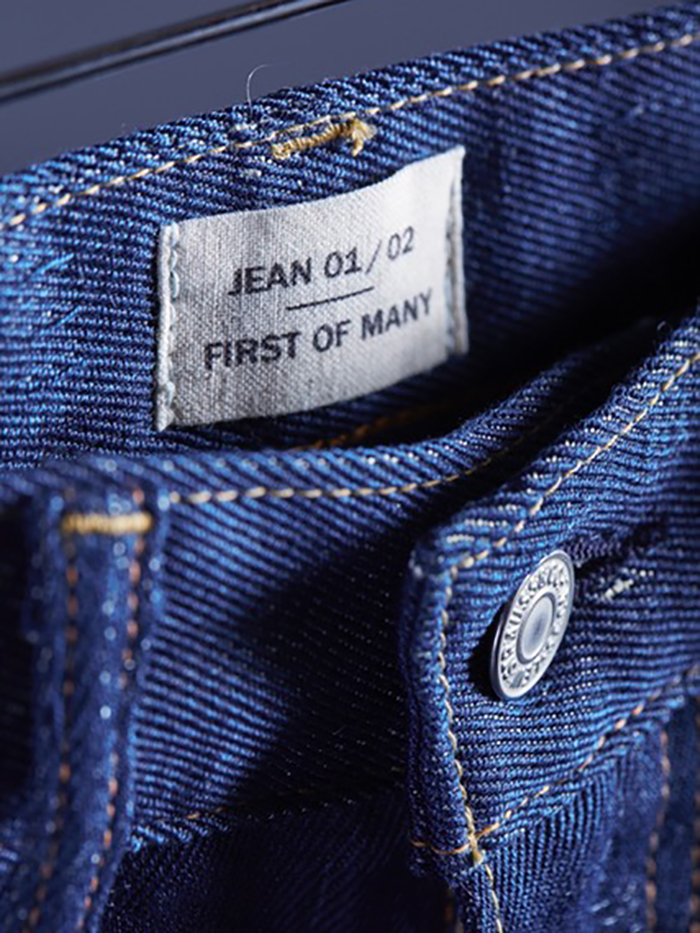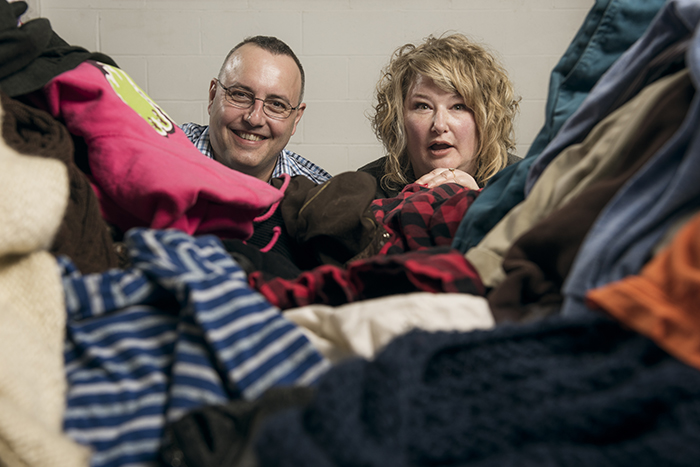More

Purpose/Impact
Current recycling technology barely lessens apparel’s destructive footprint. Plastic from bottles can be spun into polar fleece, and donated clothing can be cut up for industrial rags or shredded to make insulation. But according to the EPA, only 16 percent of the 16 million tons of textiles Americans dispose of each year is reused or recycled. These efforts will never be enough to avert a landfill crisis stateside, much less reverse the global devastation that the apparel industry has wrought.
Using Evrnu’s patented process, discarded clothes are dissolved using safe, reusable solvents, and the cellulose (which makes up 98 percent of cotton) is purified and reconstructed into a sturdy fiber.
Outcomes/Accomplishments
Flynn and Stanev are confident that consumers will prefer Evrnu simply on the basis of quality. The cellulose strands in Evrnu are very long, giving it superior durability. The extrusion process can create microfiber strands finer and softer than cotton. In its liquid state, additives can be mixed in, giving it moisture-wicking or antimicrobial properties, for example. Or the cellulose can be stripped down to a pure carbon chain, three times stronger than steel and one-fifth as heavy.
The environmental specifications are stunning, too. Producing Evrnu consumes 98 percent less water than cotton and emits 90 percent less carbon dioxide than polyester. There is minimal off-gassing and wastewater discharge during production. Evrnu takes dye efficiently, with a 30 percent reduction in impact compared with dyeing cotton or polyester. Though the Evrnu process shares similarities with making rayon, the solvents used are much safer for humans and the environment. And, best of all, clothes made from Evrnu can be recycled back into fiber at least three times before the fiber breaks down into sugar.
Flynn has inked deals with Levi’s, Target, and Stella McCartney. The company has been featured in FastCompany, Newsweek, the Huffington Post, TedxOlympia, and many more.


Status Update
Flynn and Stanev’s next challenge is to ramp up production. Evrnu plans to have garments appear on shelves in 2019. The technology could also be used to replicate polyester, rayon, and other materials, reducing our reliance on natural resources such as petroleum and water. Flynn gets requests every week to collaborate on something new.“It’s shocking how much we have been able to do with this technology,” Flynn says. “We still haven’t seen the limits.”



